Honda HR-V: Voltage Waveform Samples
NOTE: This is GENERAL information. This article is not intended to be specific to any unique situation or individual vehicle configuration. For model-specific information see appropriate articles where available.
EXAMPLE #1 - VOLTAGE CONTROLLED DRIVER
These two known-good waveform patterns are from a Ford 4.6L V8 VIN [W]. Fig. 18 illustrates the 64 volt inductive kick on this engine, indicating no clamping is occurring. The second pattern, Fig. 19, was taken during hot idle, closed loop, and no load.
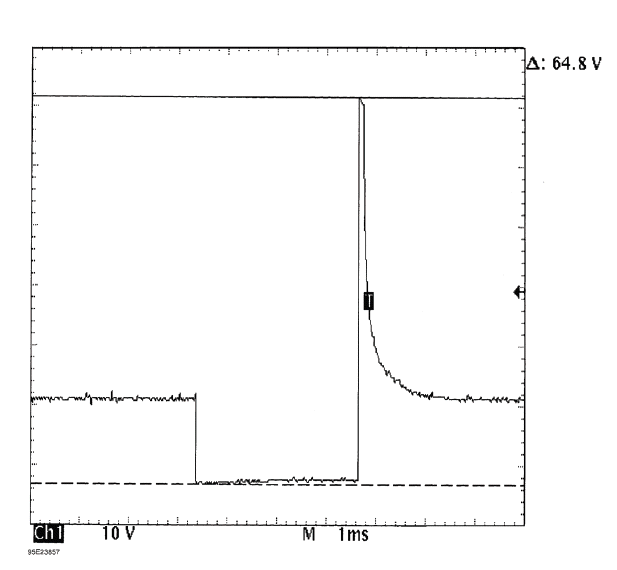
Fig. 18: Injector Bank - Known Good - Voltage Pattern
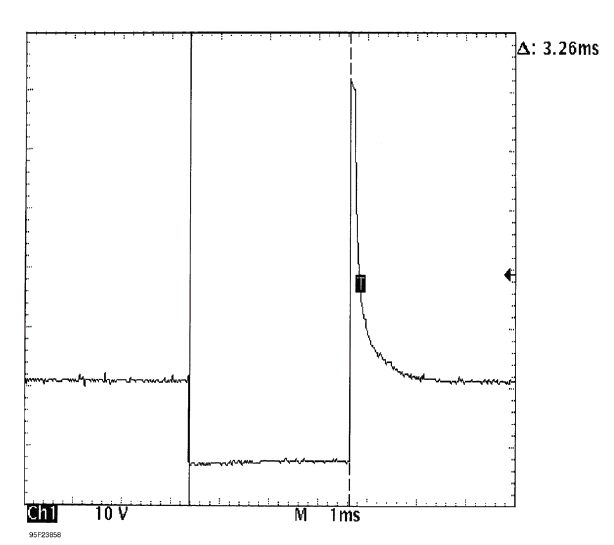
Fig. 19: Injector Bank - Known Good - Voltage Pattern
EXAMPLE #2 - VOLTAGE CONTROLLED DRIVER
The known-good waveform pattern in Fig. 20 is from a GM 3.8L V6 PFI VIN [3]. It was taken during hot idle, closed loop and no load.
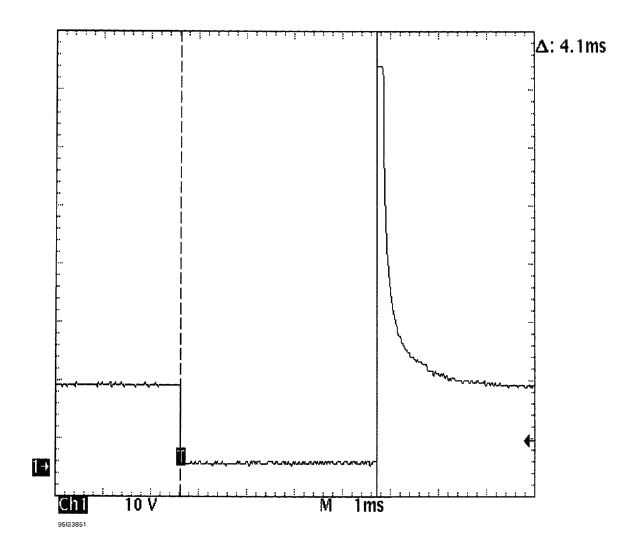
Fig. 20: Injector Bank - Known Good - Voltage Pattern
EXAMPLE #3 - VOLTAGE CONTROLLED DRIVER
This known-good waveform pattern, Fig. 21, is from a GM 5.0L V8 TPI VIN [F]. It was taken during hot idle, closed loop and no load.
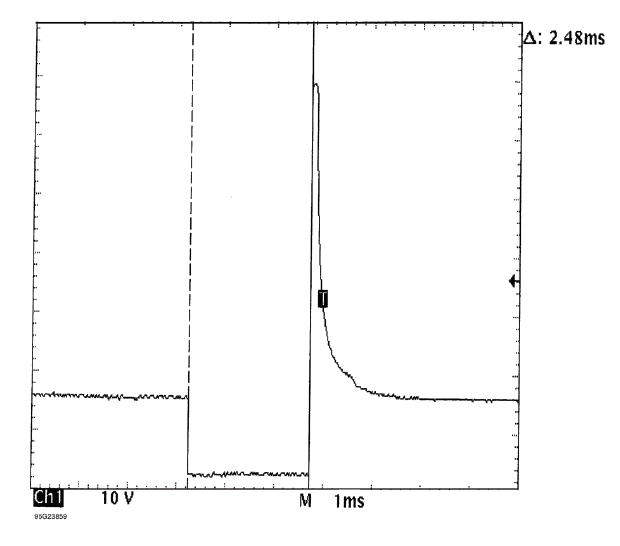
Fig. 21: Injector Bank - Known Good - Voltage Pattern
EXAMPLE #4 - CURRENT CONTROLLED DRIVER
From 1984 to 1987, Chrysler used this type injector drive on their TBI-equipped engines. See Fig. 22 for a known-good pattern. Instead of the ground side controlling the injector, Chrysler permanently grounds out the injector and switches the power feed side. Most systems do not work this way.
These injectors peak at 6 amps of current flow and hold at 1 amp.
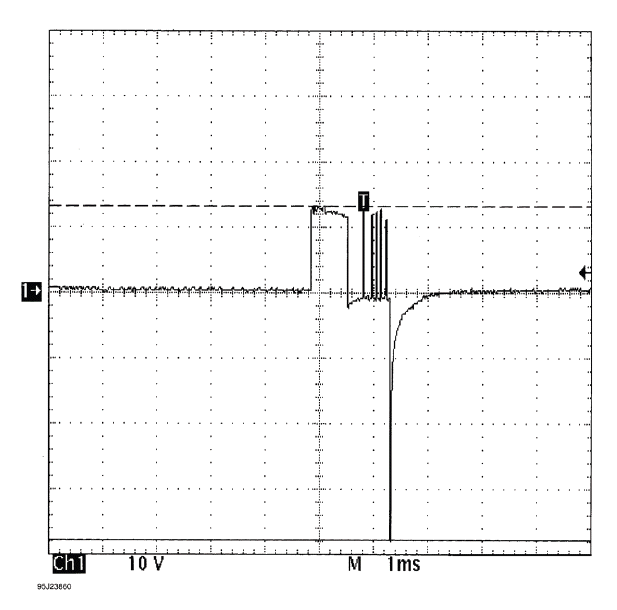
Fig. 22: Single Injector - Known Good - Voltage Pattern
EXAMPLE #5 - CURRENT CONTROLLED DRIVER
These two known-good waveform patterns are from a Chrysler 3.0L V6 VIN [3]. The first waveform, Fig. 23, is a dual trace pattern that illustrates how Chrysler uses the rising edge of the engine speed signal to trigger the injectors. The second waveform, Fig. 24, was taken during hot idle, closed loop, and no load.
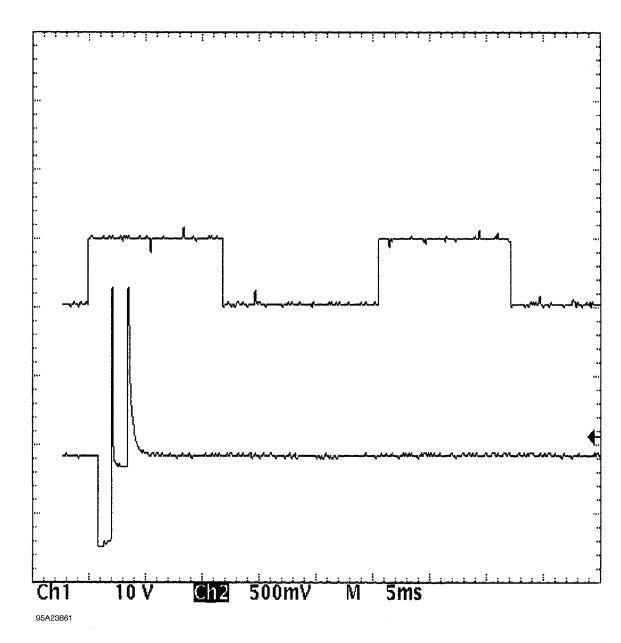
Fig. 23: Injector Bank - Known Good - Voltage Pattern
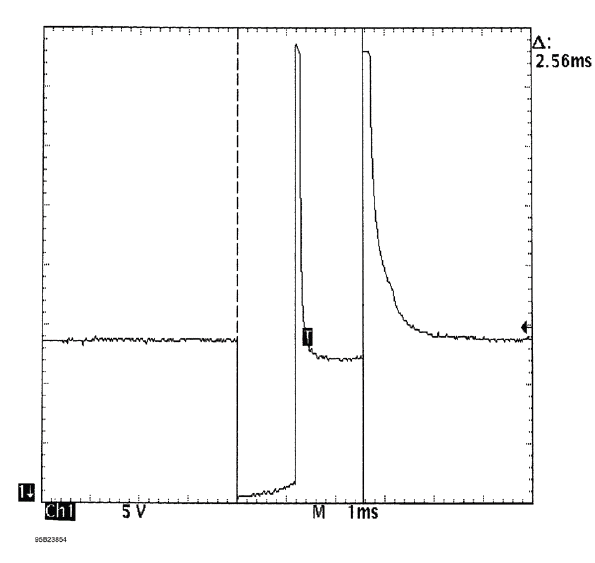
Fig. 24: Injector Bank - Known Good - Voltage Pattern
EXAMPLE #6 - CURRENT CONTROLLED DRIVER
This known-good pattern from a Ford 3.0L V6 PFI VIN [U] illustrates that a zener diode inside the computer is used to clamp the injector's inductive kick to 35-volts on this system. See Fig. 25.
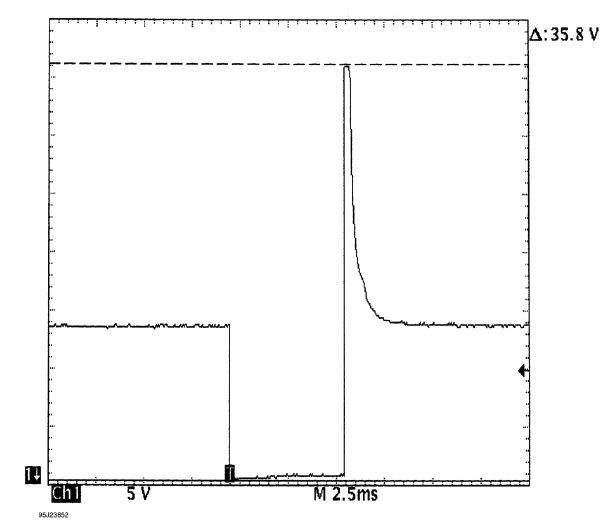
Fig. 25: Injector Bank - Known Good - Voltage Pattern
EXAMPLE #7 - CURRENT CONTROLLED DRIVER
This known-good waveform from a Ford 5.0L V8 CFI VIN [F] was taken during hot idle, closed loop, and no load. See Fig. 26.
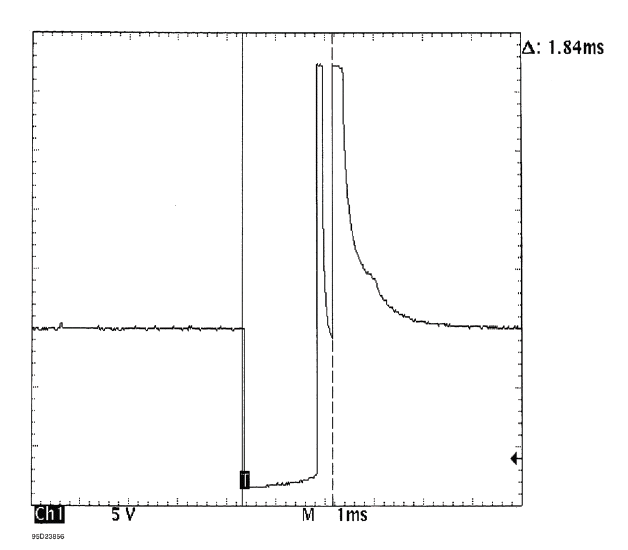
Fig. 26: Single Injector - Known Good - Voltage Pattern
EXAMPLE #8 - CURRENT CONTROLLED DRIVER
These two known-good waveform patterns are from a GM 2.0L In-Line 4 VIN [1]. Fig. 27 illustrates the 78 volt inductive spike that indicates a zener diode is not used. The second waveform, Fig. 28, was taken during hot idle, closed loop, and no load.
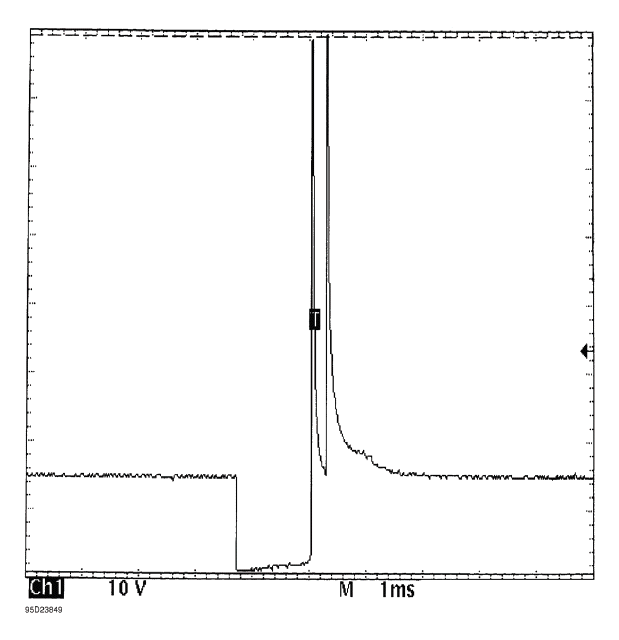
Fig. 27: Single Injector - Known Good - Voltage Pattern
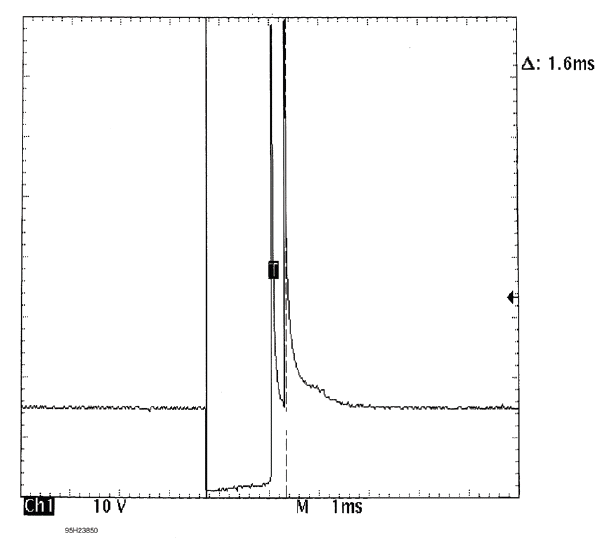
Fig. 28: Single Injector - Known Good - Voltage Pattern

